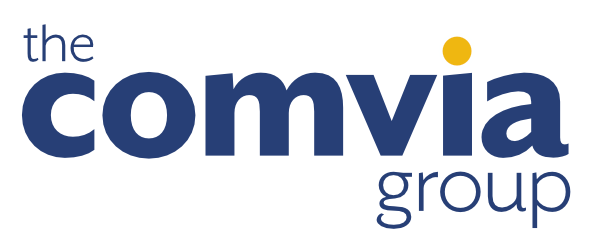When I led a brand communications agency, I had to do a lot of pitches. In preparation for each pitch meeting, my team and I would craft a presentation that would tell the prospect a story that we thought would resonate with them. It would include an assessment of their situation, our proposed approach to solving their problem, and samples of previous work and the results they created.
Then, I’d rehearse the presentation to death. I was always confident and ready to present it by meeting day.
However, 80 percent of the time, I would not present it as planned — and that was by design.
My goal when walking into the room was to get my audience talking first. If I could do so, the meeting would naturally become a conversation — an opportunity to share experiences, pain points, and potential solutions as real people genuinely interested in collaborating. Would I use the slides we had prepared? In most cases, yes. But I would jump around and bring up examples as the conversation warranted. It all depended on how the conversation went. A few times, not a single slide was shown and we still won the work.
20% of the time, the people in the room needed to see the traditional pitch, and I would give it to them. Still, I would try to treat the presentation as a conversation, getting them involved along the way as much as possible, and trying to make it a two-way dialogue instead of a monologue.
Next time you need to present, think about your audience and what they need to hear from you — and also why you both are there. Then consider how to make it more of a conversation than a speech or presentation. It’s not always possible, but when it is, a two-way dialogue will make it easier for you to build a stronger relationship from the start.
